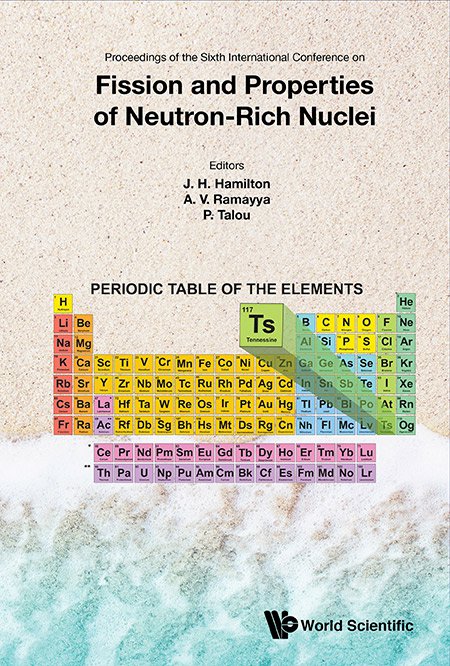Actinide Targets for the Synthesis of Superheavy Nuclei: Current Priorities and Future Opportunities
This work supported by the U. S. DOE Office of Science, Office of Nuclear Physics, through the Isotope Development and Production for Research and Applications Program.
Recent experiments using actinide + 48Ca reactions have led to the discovery of five new elements and more than 50 new isotopes on the “hot fusion” island. These new nuclei, all having a large neutron excess over protons, provide strong evidence for the existence of the proposed island of stability for superheavy nuclei. As atomic number Z increases beyond Z = 115, the reaction cross sections are decreasing, requiring new approaches for continued progress. Ion beams heavier than 48Ca will be required to reach elements above Z = 118, and new actinide target technologies and separation capabilities will be needed to accommodate higher beam intensities and optimize the use of heavier 251Ca targets in experiments. In this paper, we review the availability of actinide materials, the use of new target/projectile combinations, and related experimental opportunities, including prospects for new element discoveries and for approaching the presumed closed shell at N = 184. Research opportunities include ongoing experiments to produce the heaviest nuclei to date using mixed Cf targets, and measurements of excitation functions for 48Ca and 50Ti on Pu and Cm targets to estimate cross sections for planned experiments using 50Ti beams on 249Bk and 251Cf for synthesis of elements 119 and 120. New developments for the production of 249Bk and for increasing the availability of 251Cf and possibly 254Es are described.



